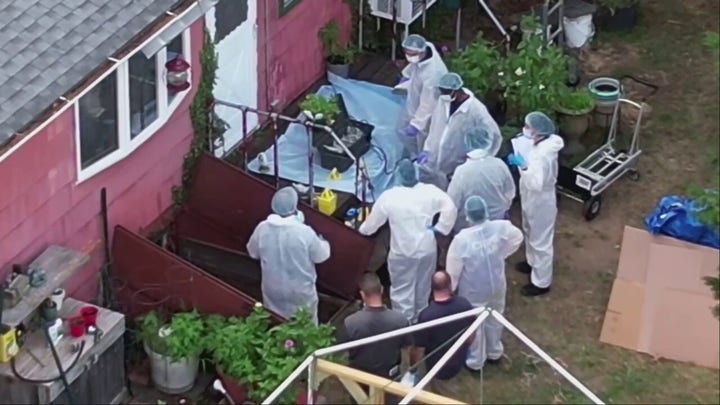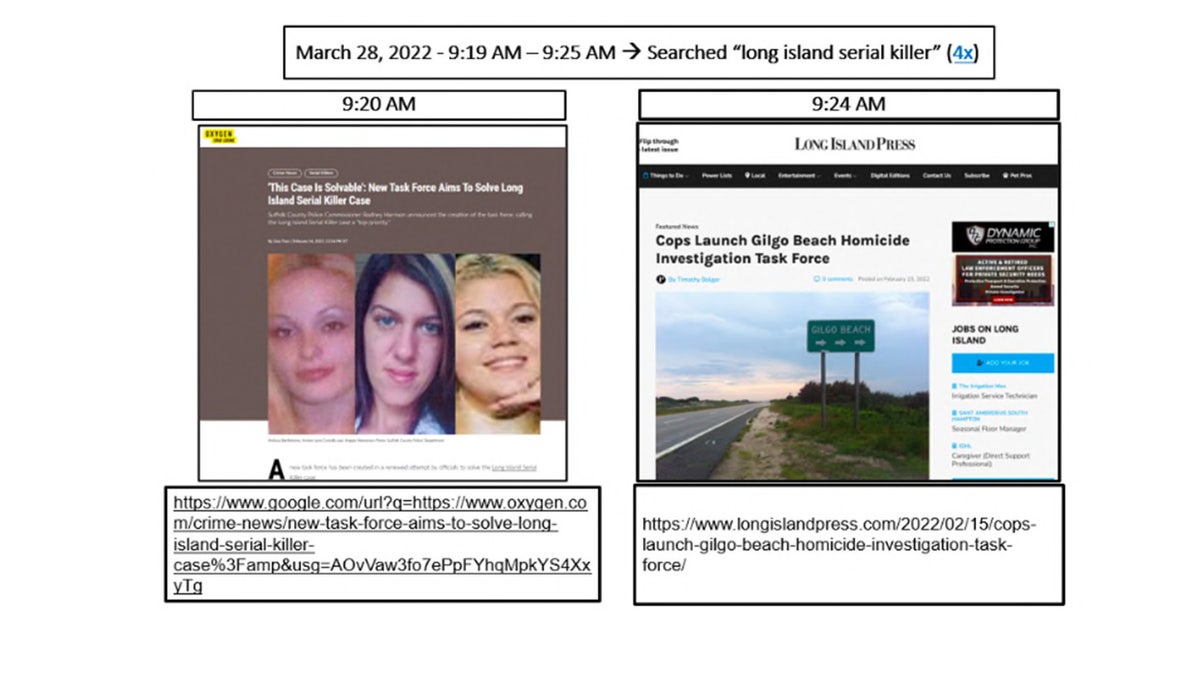The arrest of Rex Heuermann, a 59-year-old New York architect, for the murders of three sex workers on Long Island has brought to light the crucial role of cellphone evidence, particularly burner phones, in the investigation. Heuermann's attempts to conceal his identity using these devices ultimately backfired due to advancements in technology and predictable usage patterns.
Heuermann is accused of killing Megan Waterman, Amber Costello, and Melissa Barthelemy, whose cellphone he allegedly used to taunt her sister. He is also the prime suspect in the murder of Maureen Brainard-Barnes. The bodies of these women were found in 2010 on Gilgo Beach, but the case remained unsolved for over a decade.

Heuermann's alleged use of burner phones, which are often used by criminals to avoid detection, became a key element in the investigation. Digital forensics expert Frank Thornton points out that Heuermann's repeated use of the phones created a traceable pattern. "The more you use the phone, the more there’s a pattern, and patterns are what catch you," Thornton explained. Had Heuermann discarded the phones after each use, tracking his movements would have been significantly more challenging.

Despite the perception that burner phones are untraceable, technology expert Vaibhav Gupta clarifies that each device has a unique identifier and is tracked on cellular networks. Cellphone companies store data related to call locations and tower pings, providing valuable information for investigators. Micah Sturgis, director of Digital Forensic Services, adds that even using burner phones over public Wi-Fi leaves a digital footprint.

A breakthrough in the case came when investigators analyzed cell site data from the time of the disappearances. This data, combined with witness accounts of a distinctive Chevrolet Avalanche, led them to Heuermann, who resided in Massapequa Park and worked in Midtown Manhattan – areas consistent with the cellphone data. His wife's absence during the times of the disappearances further strengthened the connection.

Analysis of Heuermann's cellphone records revealed a striking correlation with the movements of the victims and the burner phones. Prosecutors highlighted that investigators found no instances where Heuermann's location differed from the burner phones. The taunting calls made to Barthelemy's sister from her own phone, traced back to a tower near Heuermann's office, provided further incriminating evidence.





As the investigation progressed, it was discovered that Heuermann had used burner phones to solicit prostitutes and access disturbing online content. He also searched online for information about his victims, their families, and the task force investigating him, suggesting a growing awareness of the closing net.








